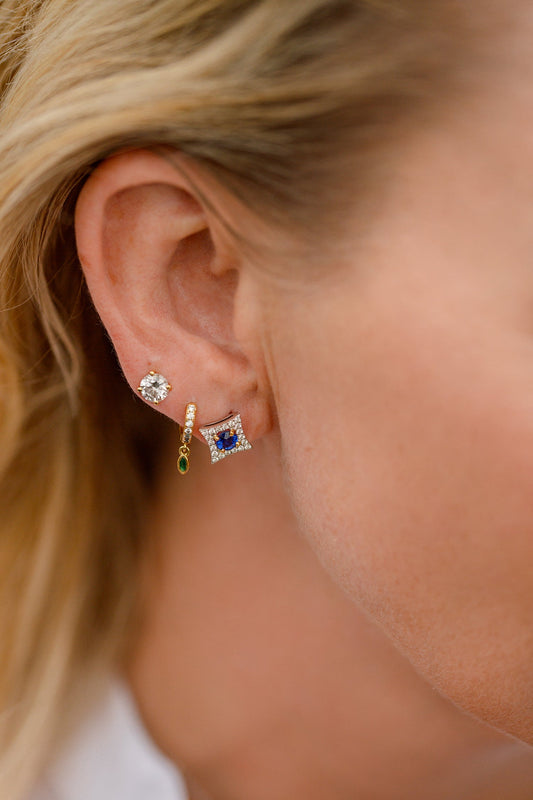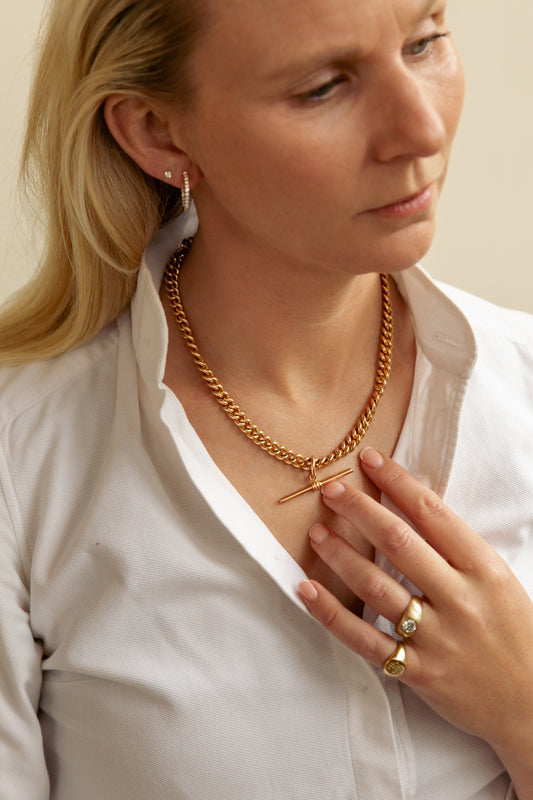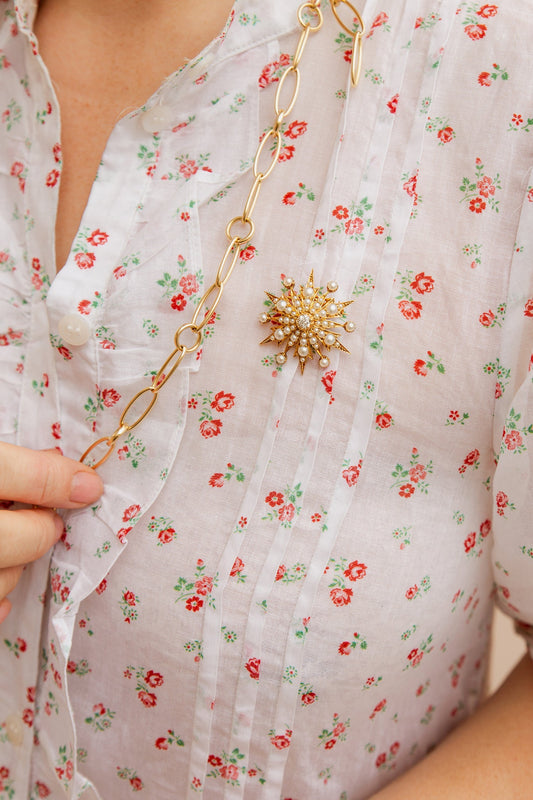Yellow vs Rose vs White Gold: Which One’s Right for You?
Megan website@walterbull.co.ukWhen choosing a piece of fine jewellery, gold is a timeless choice. But not all gold looks the same. From warm, buttery yellow to soft blush rose and sleek, silvery white, each tone has its own distinct character. The colour you choose says a lot about your personal style and how you want to wear your jewellery every day.
Whether you're browsing for an engagement ring, investing in a signature pendant, or treating yourself to a forever bracelet, knowing the differences between yellow, rose and white gold will help you make a decision that feels just right.
The Classic: Yellow Gold
Yellow gold is the most traditional and recognisable of the three. Its colour comes from combining pure gold with alloys like copper and silver, creating that rich, warm hue that has been used in jewellery for centuries.
It’s a flattering choice on warmer skin tones and pairs beautifully with coloured gemstones and diamonds alike. Yellow gold has a certain old-world charm to it, and it's often the preferred option for vintage lovers and those drawn to a more classic or heritage style.
At Walter Bull & Son, many of our antique pieces are crafted in yellow gold, and its enduring appeal is part of why we continue to use it in bespoke commissions today.

The Romantic: Rose Gold
Rose gold has a soft, feminine colour that flatters most skin tones. Its pink tint comes from a higher percentage of copper in the alloy, which gives it that lovely blush warmth.
Romantic and a little unexpected, rose gold has become a favourite for modern engagement rings, stackable bands and delicate pendant necklaces. It pairs especially well with champagne diamonds, morganites, and other warm-toned stones.
If your style leans towards the romantic or you love a contemporary vintage feel, rose gold might be the tone that speaks to you.
The Modern: White Gold
White gold has a cool, clean look that’s loved for its subtle elegance. It’s made by mixing pure gold with white-toned alloys like palladium or silver, and often finished with a rhodium plating to give it extra shine.
Its bright, neutral tone makes it an ideal match for diamonds and cooler gemstones like sapphires, aquamarines and emeralds. White gold has been a favourite in engagement rings and wedding bands since the Art Deco period, and its refined appearance continues to appeal to those who favour minimalist or modern design.
It’s worth noting that white gold may need to be re-plated over time to maintain its bright finish, a service we offer in-house at Walter Bull & Son.
Which One Is Right for You?
The best way to choose is by trying each metal tone on your skin and seeing what feels most natural. Some people are instinctively drawn to one over the others, while many enjoy mixing and layering all three. Your lifestyle, wardrobe and existing jewellery collection can also help guide your decision.
All three golds - yellow, rose and white - are crafted from the same precious metal at their core. The differences lie in the alloys used, the appearance, and how each one complements your personal style. Whether you’re choosing your first heirloom or adding to a lifelong collection, there’s no wrong answer, only what feels most like you.





